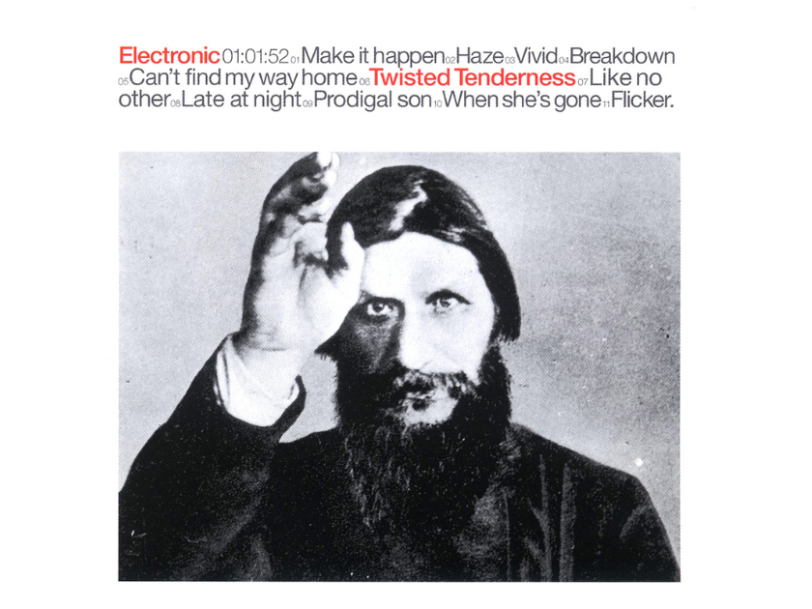To all intents and purposes, Electronic’s second album, 1996’s Raise The Pressure, was a roaring success. A high-profile collaboration with former Kraftwerk mainstay Karl Bartos, it followed the debut Electronic album into the UK Top 10 and spawned three Top 40 singles. But while that result satisfied former Smiths guitarist Johnny Marr and New Order frontman Bernard Sumner, the record’s laborious, two-year gestation period had frustrated them both. Indeed, they were determined not to repeat the process when they reconvened for their third album, 1999’s Twisted Tenderness – the record that would also prove to be Electronic’s final outing.
Listen to ‘Twisted Tenderness’ here.
The backstory: “We decided to write very quickly and with guitars”
“On Raise The Pressure, we were subconsciously aware of the attention we were getting as Johnny Marr and Bernard Sumner, ‘formerly of’ The Smiths and New Order,” Sumner acknowledged in a 1999 interview with This Swirling Sphere. “We, in turn, paid too much attention to making the record and took too long doing it. We couldn’t spend two years making a record again – and [Twisted Tenderness] is all the better for that realisation.”
“We decided to write very quickly and with guitars”, Marr furthered in the liner notes for 2023’s Get The Message: The Best Of Electronic. “We could get together when we had riffs and songs. We decided to use a rhythm section, so we asked Jimi Goodwin from Doves to join us on bass and Ged Lynch from Black Grape on drums. We recorded the songs as a band… there was a freedom and spirit in those songs we managed to capture pretty well.”
The recording: “I’ve never done a cover version on record until this”
Rougher, edgier and certainly more aggressive than anything that had previously borne Electronic’s stamp, Twisted Tenderness was – and remains – an infinite thrill for those who adore the music Marr and Sumner craft when they plug in their guitars and play. Aided and abetted by Marr’s wailing, Hand In Glove-esque harmonica part, the album’s first single, Vivid, suggested Twisted Tenderness was going to be a vintage rock record, with exhilarating guitar-driven anthems such as Late At Night and the hypnotic Like No Other following through on that initial promise in style.




